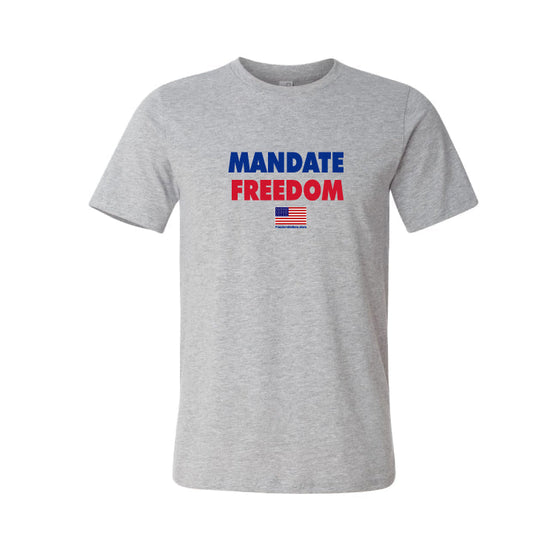Inflation is forcing Americans to spend $709 more per month on everyday goods and services than they did just two years ago, according to the chief economist at Moody’s Analytics.
“The high inflation of the past 2+ years has done lots of economic damage,” Mark Zandi tweeted on Friday following the release of the Consumer Price Index — a closely-watched measure of inflation that tracks changes in the costs of everyday goods and services.
The CPI rose moderately, to 3.2% in July versus a year earlier.
“Due to the high inflation, the typical household spent $202 more in a July than they did a year ago to buy the same goods and services. And they spent $709 more than they did 2 years ago,” Zandi added.
Zandi — who also co-founded Moody’s global economic analysis service, Economy.com — said he sees relief ahead, predicting that inflation is “set to moderate further” as the Federal Reserve approaches its 2% inflation goal.
“Vehicle prices will decline more, so too will electricity prices, and the growth in the cost of housing will slow further. The biggest worry is the jump in oil prices, which bears close watching,” he added in the thread posted to X, formerly known as Twitter.

Though gas prices hit an eight-month high late last month, energy unexpectedly rose a mere 0.1%, the latest CPI report showed.
However, over the past month, US West Texas Intermediate and Brent crude futures climbed nearly 10%, to $82.83 and $86.39, respectively.
Zandi concluded his analysis with: “The deeper I dig into last week’s inflation statistics, the more confident I am that inflation will be back to the Fed’s inflation target by this time next year. And this without more interest rate hikes, a recession, or even much of an increase in unemployment.”
Fed officials have said that they’re also no longer forecasting a recession, though the sentiment opposes that of ratings agency Fitch, which owngraded the US top-tier sovereign credit from AAA to AA+, citing the possibility that the economy will slip into a mild recession later this year.
Consumers, however, have continued to feel reprieve from the central bank’s aggressive tightening regime, with core CPI — which excludes volatile food and energy prices — only rising 0.2% from a month ago, matching the 0.2% increase in June.
“The trend lines look good,” Zandi said, noting that “the July CPI report was great,” especially when compared to June 2022, when inflation peaked at 9.1% to hit a four-decade high.
Rising housing costs were by far the largest contributor to July’s uptick in prices, accounting for 90% of the advance, the Bureau of Labor Statistics reported, though Zandi didn’t seem too concerned.

When The Post reached out to Moody’s for comment, the financial services firm pointed to commentary from another economist at the company, Bernard Yaros, who said that “the US consumer price index was fully in line with our and consensus expectations in July.”
“Moody’s Analytics believes that the Federal Reserve is done with interest-rate hikes for the current tightening cycle, and the July CPI helps cement our near-term view on monetary policy,” he added.
The CPI report fueled questions about whether the Fed will continue to hike interest rates later this year after the Fed decided on a 25-basis-point rate hike in July, taking them to a 22-year high.
Fed Chairman Jerome Powell announced that the advance was a unanimous decision, raising the benchmark federal-funds rate to a range between 5.25% and 5.5%.
Economists were divided on the pending rate hikes following the release of the CPI report.
Greg Wilensky, head of US fixed income at Janus Henderson Investors, added: “If economic conditions continue as expected, we believe we have seen the last hike for this cycle. This makes us more constructive on adding interest-rate risk, particularly at the front of curve.”
Meanwhile, Raymond James’ Chief Economist Eugenio Aleman believes stubbornly-high shelter costs “are slated to put pressure on headline inflation going forward.”

No doubt the Fed will also look at the Labor Department’s hiring report for July as it considers whether it’s done enough to snuff out inflation.
Last month, US employers added 187,000 jobs, the lowest number since COVID peaked in 2020, though unemployment remained little changed month-over-month, at 3.5%.
Source: https://nypost.com/2023/08/14/inflation-forcing-americans-to-spend-709-more-per-month-versus-2-years-ago/






